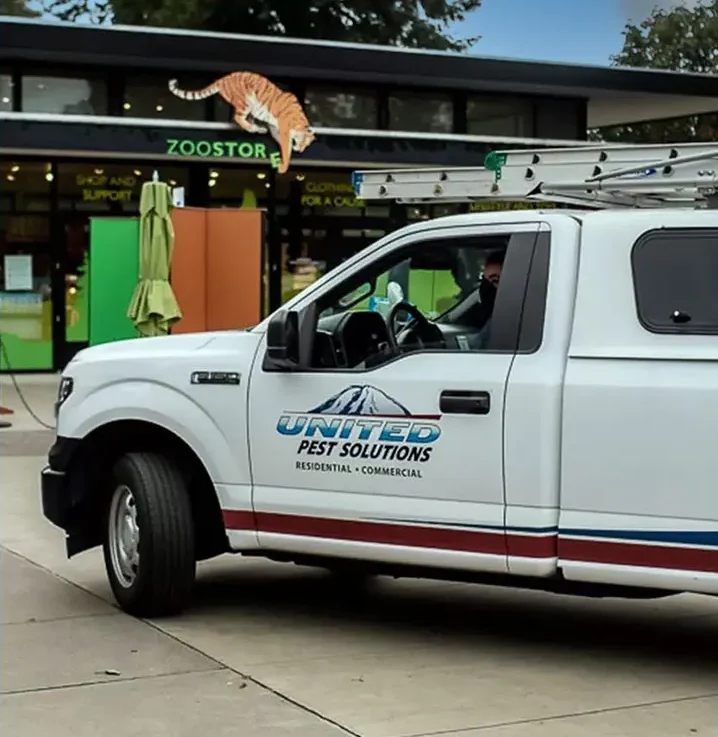No other spider causes as much apprehension as the black widow spider. Because they thrive in warmer temperatures, black widows are most common in the south and western regions of the United States, but can be found in all 50 states.
The adult female is usually jet black with two reddish triangular markings, forming an “hourglass” shape on the underside of the abdomen. Mature females are nearly 1/2 inch in body length and males are about half this size. The markings of immature spiderlings and mature males are similar—light brown, orange or white in color with light streaks on their abdomens.
The black widow’s web is an irregular mass of fibers with a small central area where the spider retreats while waiting for prey to become ensnared. Webs are frequently constructed underneath boards, stones, and outdoor furniture, inside irrigation boxes, behind shrubs and especially where brick or wood siding extends close to ground level. The black widow does not usually enter residences, though it may do so on occasion.
Black Widow Spider Life Stages
Black widow spiders mate in the spring or summer. Female widows lay eggs in sacs that are round or oblong in shape. Sacs are white, tan or gray in color and have a paper-like texture. These sacs contain up to 400 eggs and are suspended within the web, with the female keeping guard nearby.
Spiderlings hatch four weeks later, however, many of these will not survive because black widow spiders eat one another in the early stage of life. Female black widow spiders typically live an average of 18 months, while males only survive between two to five months.
Black Widow Spider Threats
Black widow spider venom contains toxins that are neurotoxic (toxic to the nervous system). Although their venom is said to be 15 times more potent than that of a rattlesnake, death due to a black widow bite is rarely reported. Black widows are reclusive in nature and only bite when provoked or disturbed. Children and pets are commonly bitten by black widow spiders when they are curious and accidentally invade a web, surprising the female.
The bite of a black widow produces a sharp pain similar to a pinprick and leaves two faint red puncture wounds. Symptoms of a black widow bite usually start within 20 minutes to one hour after being bitten and can include intense pain and stiffness in bite area, severe abdominal cramping, chills, fever and nausea. It is imperative to seek immediate medical attention if a bite is suspected.



